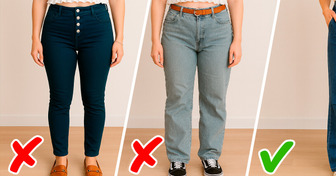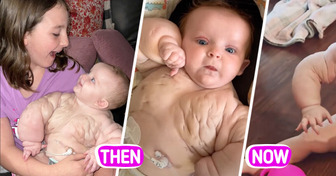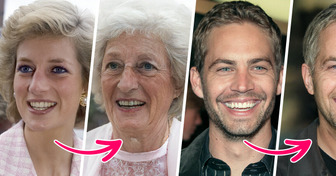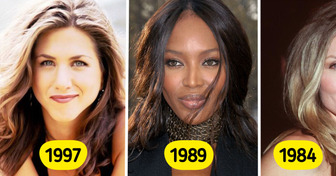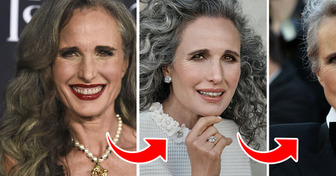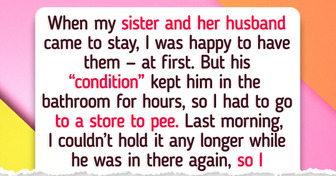15 Stories That’ll Hit You Harder Than a Double Espresso
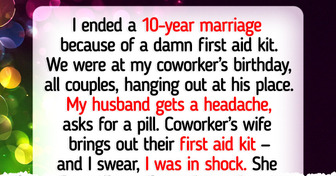
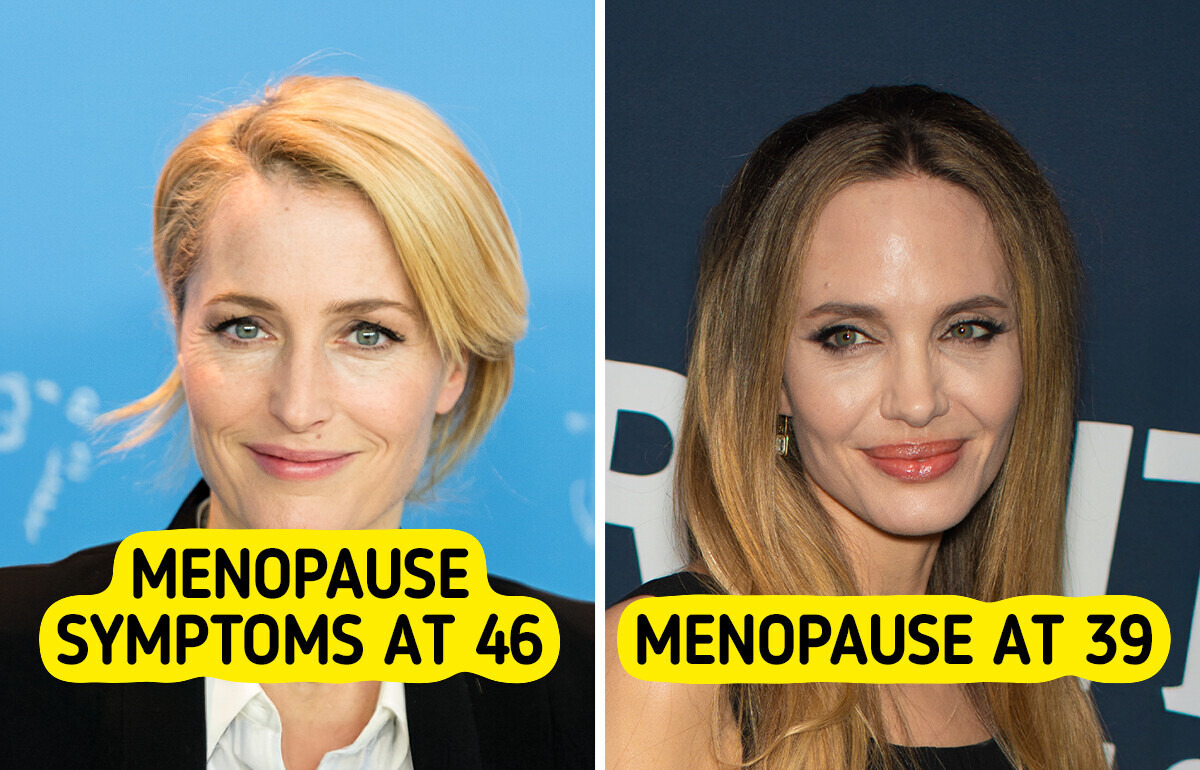
Menopause can begin earlier than many expect, sometimes even in your 30s. The first signs are often subtle — changes in your cycle, skin, or energy levels. Knowing what to look for can help you understand your body and manage this transition more comfortably.
The content provided is for informational purposes only and is not intended to be a substitute for professional medical advice, diagnosis, or treatment. Always seek the advice of your physician or other qualified healthcare provider with any questions you may have regarding a medical condition.
During the menopausal transition, your body may go through a mix of subtle and noticeable changes. One of the most common is irregular periods. As ovulation becomes less consistent, the timing between periods can vary — sometimes getting shorter, sometimes longer. Your menstrual flow might also change, ranging from light to heavy, and it’s not unusual to skip periods altogether.
The typical age range for menopause is between 42 and 58 years. For some women, age 35 marks the midpoint of their reproductive years — for others, it’s already the end. For example, Angelina Jolie once shared in an interview that she experienced menopause at 39 (a side effect after her surgery to remove her ovaries), which is considered early. In contrast, actress Susan Sarandon reached menopause at 54.
While Naomi Watts reported transitioning into menopause symptoms at age 36. She revealed, “I had irregular periods, night sweats and I certainly told doctors about it, but they didn’t chalk that up to being anything other than stress or something because of course, 36, no way, you’re far too young.” And Gillian Anderson described perimenopause onset around age 46, saying, “It was at the point that I felt like my life was falling apart around me that I started to ask what could be going on internally, and friends suggested it might be hormonal”
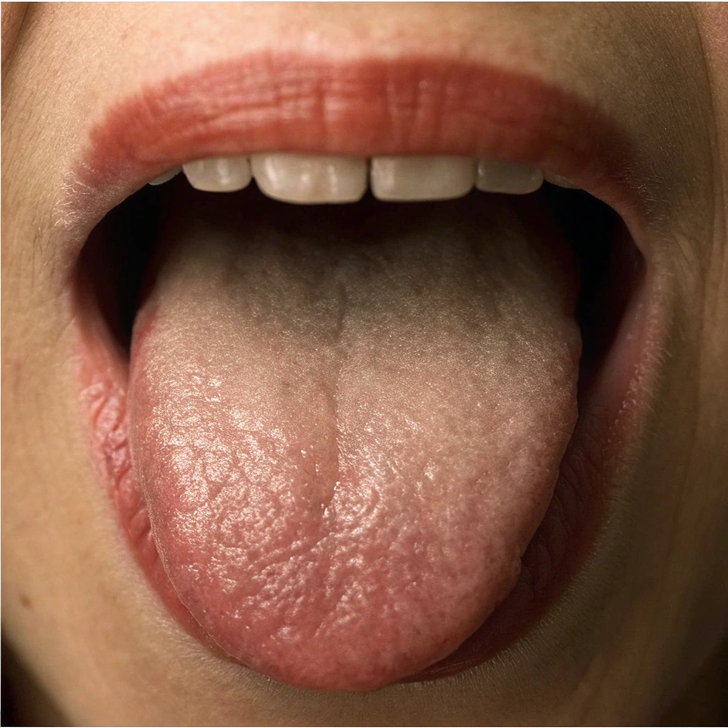
Like many other menopause symptoms, burning mouth can be linked to a drop in estrogen levels. This hormonal change can also cause other oral changes, such as dryness or shifts in your sense of taste and smell. However, burning mouth isn’t always hormone-related — it can also stem from other health conditions or lifestyle factors that impact oral health, such as mouth infections.
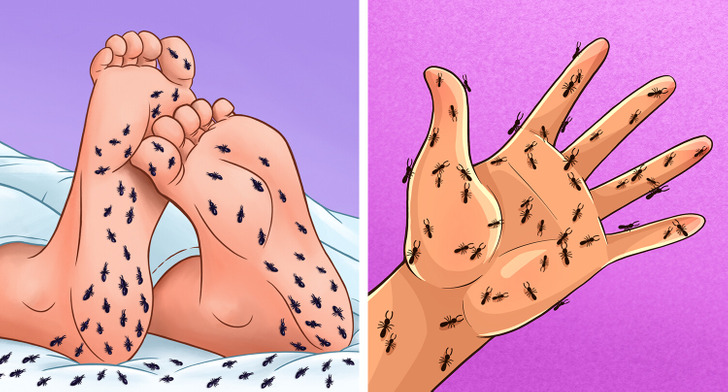
During perimenopause and menopause, hormonal changes can affect the way your nerves function, leading to unusual skin sensations. Some women experience numbness, tingling, prickling, itching, or even a crawling feeling on the skin — a sensation known as formication. These symptoms are often linked to the drop in estrogen levels that occurs during this time.
Estrogen helps regulate melanin production, so when hormone levels drop, uneven pigmentation can occur. Many women start noticing darker patches on their hands, face, or feet — often called age spots or sun spots. Combined with thinner skin, these areas can appear more pronounced.
During menopause, levels of the androgen hormone decline, which can impact the meibomian and lacrimal glands in the eyelids. These glands are responsible for producing the oils and fluids that keep your eyes lubricated. When their function is disrupted, the eyelids may become inflamed, leading to reduced tear production and poorer tear quality — ultimately resulting in dry eyes.
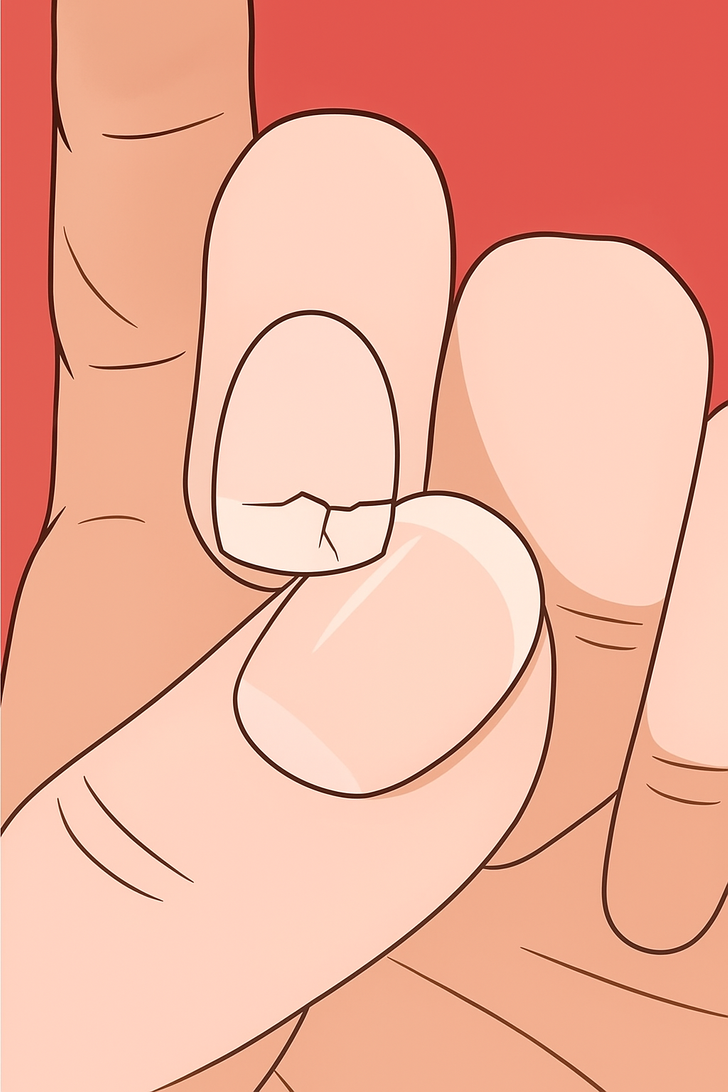
Menopause often leads to drier, more fragile nails because declining estrogen affects keratin — the protein that gives nails their strength. You may notice your nails splitting, peeling, or growing more slowly. Dehydration, reduced blood circulation, and nutrient absorption changes can worsen the effect.
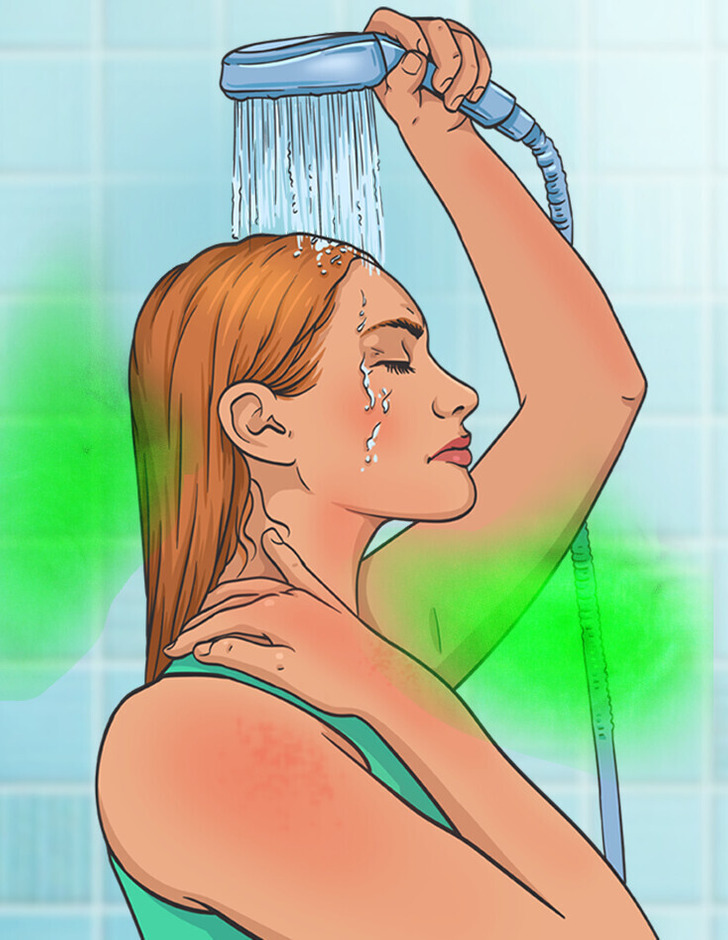
Menopause triggers hormonal changes — especially a drop in estrogen — that can alter body odor. This is often due to increased perspiration and changes in sweat composition, which can attract odor-producing bacteria more readily.
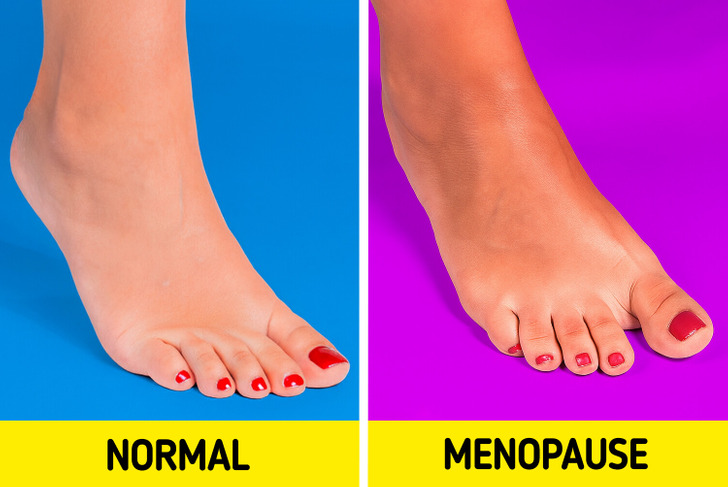
As estrogen levels drop, the ligaments in your body — including those in your feet — can lose elasticity. Over time, this can cause the arches to flatten slightly, making your shoe size increase by half a size or more. Some women also notice their feet feel wider or less cushioned due to a decrease in collagen.
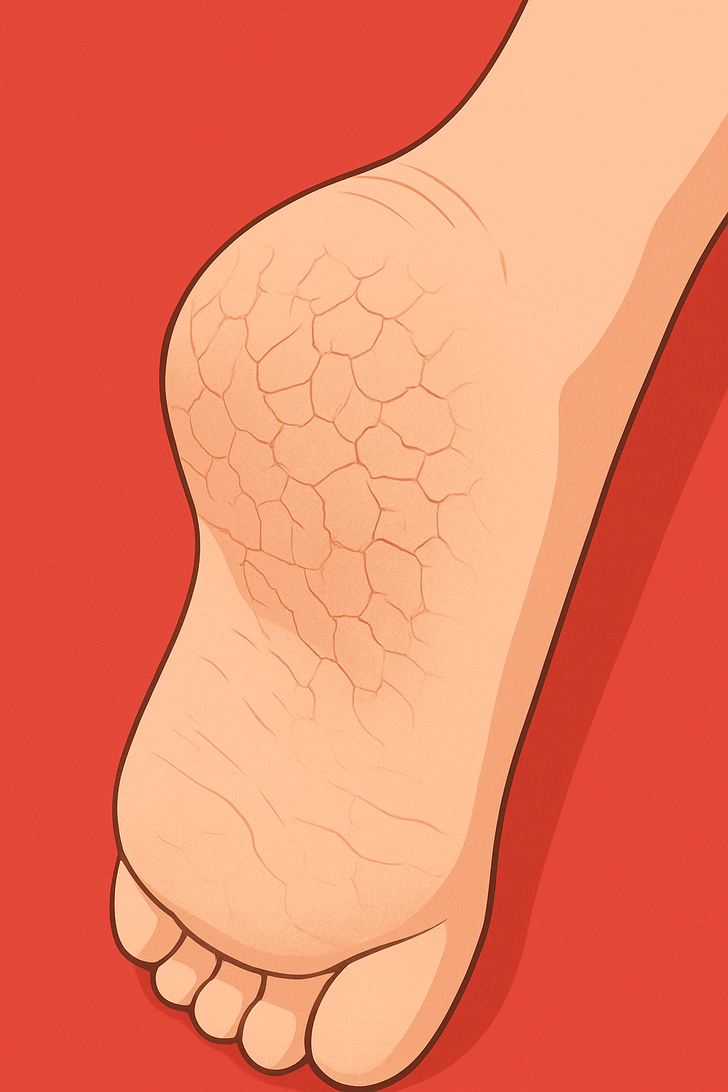
Menopause officially begins one year after your last period and often brings noticeable changes to your skin and hair. As hormone levels decline, skin may become drier, thinner, and less firm.
You might also see an increase in facial hair and a decrease in hair on your scalp. The good news? With the right care and attention, many of these changes can be managed and minimized.
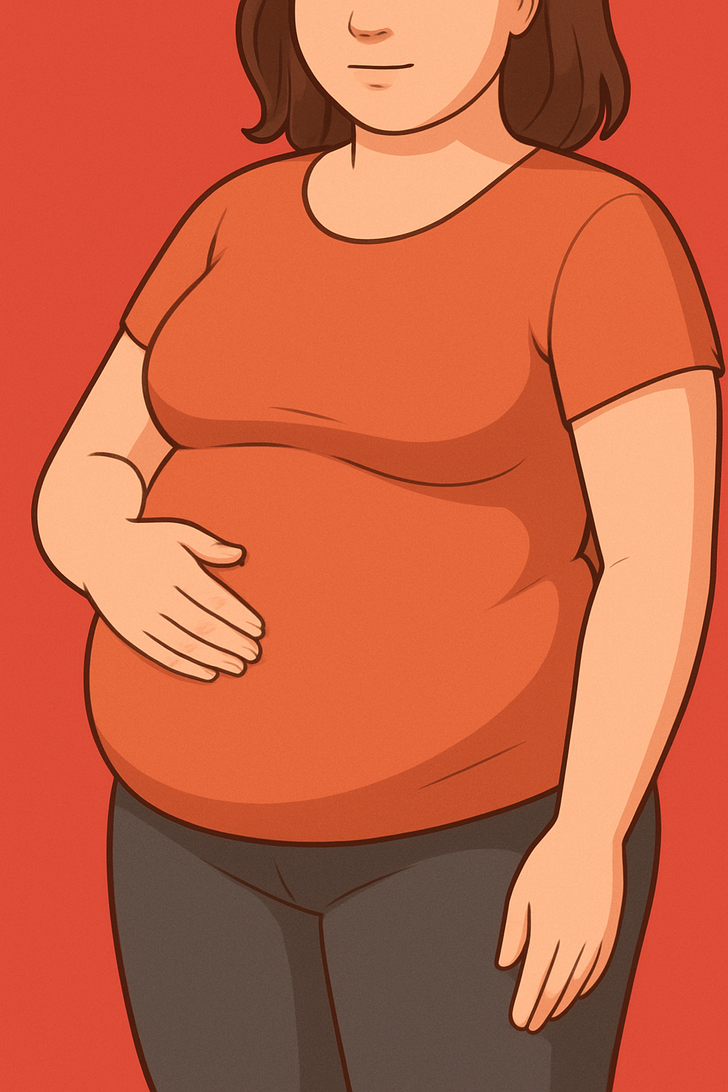
As estrogen levels drop, your metabolism tends to slow down, and fat distribution often shifts toward the midsection. Even if your eating habits or exercise routine haven’t changed, you might notice extra weight accumulating around your waist. This “menopause belly” can also be influenced by age-related muscle loss, stress, and sleep disruption.

